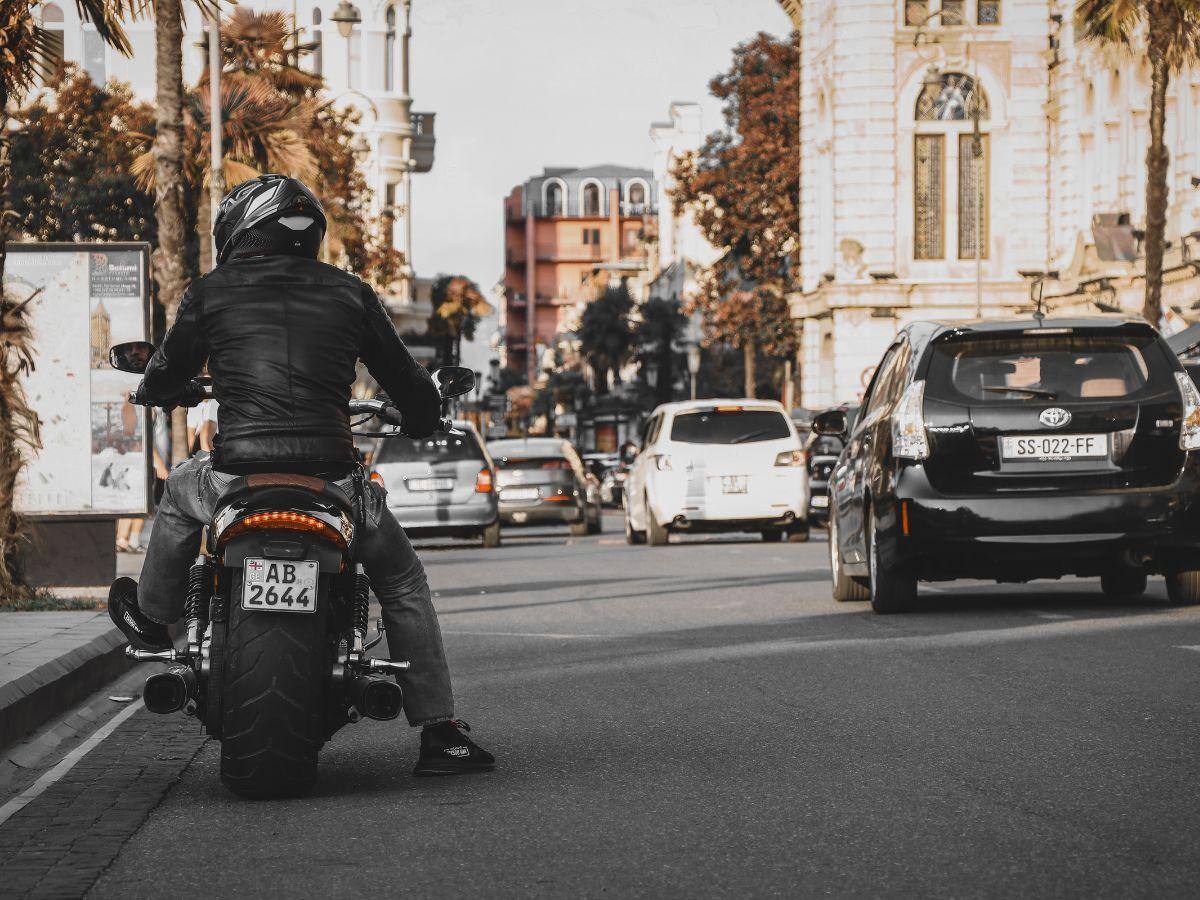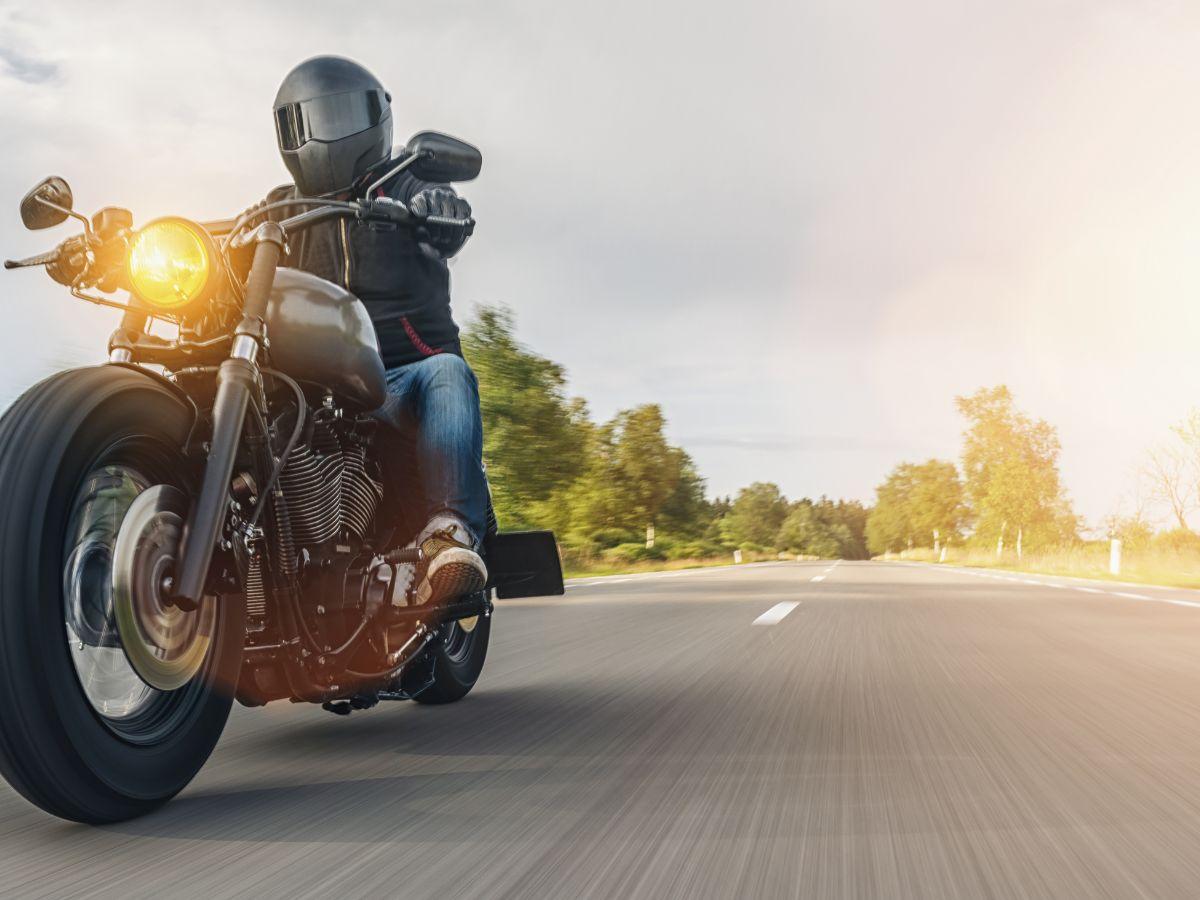Safely Sharing The Road With Motorcyclists To Prevent Personal Injury
Key Takeaways: Always maintain extra space and stay alert to motorcycles, especially in blind spots and during lane changes, to ensure safety on the...
5 min read
Juan Carlos : 7/24/24 10:56 AM
Every motorcycle ride comes with both exhilaration and risk. This article examines the common injuries motorcyclists face, ranging from minor to severe, emphasizing the importance of safety and prevention.
It also offers protective measures and essential steps to take after an accident, featuring advice from our experts at The Cotto Law Group.
Read more about the traffic rules for motorcycles in Georgia.
Table of Contents
1. Common Motorcycle Accident Injuries
2. Safety Tips for Motorcycle Riders
3. Tips to Prevent Motorcycle Accident Injuries
4. Steps to Take After a Motorcycle Accident
5. Contact Our Atlanta-Based Motorcycle Accident Attorneys
Motorcycle riders face a unique set of hazards on the road, often resulting in a range of motorcycle accident injuries when collisions occur.
The common injury types sustained in a motorcycle crash can vary from minor to severe, depending on factors such as speed, protective gear worn, and the nature of the collision.
Common injuries include traumatic brain injuries, road rash, neck injuries, and broken bones. Sadly, severe injuries from motorcycle accidents can lead to traffic fatalities.
After an accident, immediate medical attention is crucial, and for those who survive, physical therapy may be required to recover fully. Moreover, medical expenses from such accidents can be substantial, making consulting with a knowledgeable motorcycle accident attorney vital to manage the financial implications.
Let's delve deeper into some of these injuries and their implications for motorcycle riders.
Biker's Arm is a common injury among motorcycle riders, typically occurring when the rider naturally tries to cushion the fall with their arms.
In the event of a motorcycle crash, the nerves in the upper arm can suffer damage, potentially resulting in a loss of arm function or, in severe cases, permanent disability.
It's a type of injury that demonstrates the impact force that arms absorb during an accident. Wearing the proper protective gear and practicing safe riding techniques can help reduce the risk of Biker's Arm.
Often dismissed as a minor injury, road rash is a type of abrasion that occurs when a rider slides across the pavement, causing layers of skin to be scraped off. While sometimes superficial, road rash can also be severe, leading to infections or even nerve damage if not properly treated. To avoid road rash, motorcycle riders should always wear appropriate protection, such as a jacket, pants, and gloves, designed to withstand abrasion.
Spinal cord injuries are among the most serious types of injuries that can occur in motorcycle accidents, potentially resulting in permanent changes to strength, sensation, and other body functions below the injury site. These may include partial or full paralysis. Such injuries often require extensive medical treatment and can result in astronomical medical bills. Using high-quality helmets and spine protectors can aid in preventing spinal cord injuries.
Facial injuries in motorcycle accidents can range from superficial cuts and bruises to more serious conditions such as fractures or dental injuries. The risk of facial injuries is greatly reduced by wearing a full-face helmet with a visor. Nonetheless, riders who suffer facial injuries should seek medical treatment immediately to reduce the long-term effects and costs associated with these types of injuries.
Broken bones are some of the most common motorcycle accident injuries, with the legs, wrists, arms, and ribs being particularly vulnerable. The force of impact or the weight of the motorcycle pinning the rider can result in fractures that require surgery and extensive recovery time. Wearing appropriate safety gear and being vigilant on the roads can help mitigate the severity of fractures. Passengers in vehicles should also be aware of riders' blind spots and exercise caution to avoid collisions.

Motorcycle riders should always prioritize safety to lower the risk of accident injuries. Should accidents happen, consulting a motorcycle accident lawyer can aid in seeking compensation for injuries and covering the costs like medical bills and property damage. Motorcycle accidents are not just events; they are life-changing moments that demand an understanding of both their physical and legal ramifications.
Navigating the roads on two wheels can be an exhilarating experience, but it also comes with its share of risks. Motorcycle riders are more exposed and can suffer severe injuries in the event of an accident.
However, many motorcycle accident injuries can be prevented with the proper awareness and preventative measures. From wearing protective gear to practicing defensive driving, let's dive into how you can reduce the risk of common injuries such as road rash, broken bones, and head trauma.
Obeying speed limits is more than just abiding by traffic laws—it's a crucial aspect of rider safety.
Excessive speed not only reduces your reaction time but also increases the severity of an accident, should one occur. Riding at a controlled pace allows you to navigate through traffic safely and react promptly to unforeseen circumstances, such as sudden stops, debris on the road, or inclement weather.
A moderate speed gives you the advantage of making better split-second decisions, which can be the difference between a close call and a trip to the emergency room.
Visibility is a key factor in motorcycle safety. Wearing bright and reflective gear makes you more noticeable to drivers of passenger vehicles, particularly during low-light conditions or inclement weather.
A high-visibility jacket or reflective vest can catch the light from headlights and stand out on the road, alerting others to your presence. Additionally, consider wearing a helmet that has reflective material or strips, as it is positioned high and moves as you check your blind spots—making it an effective tool for visibility.
Light modulators are aftermarket devices that can modify your motorcycle's headlight intensity to fluctuate slightly, increasing your visibility on the road.
These subtle fluctuations in light intensity can catch the attention of other road users and help prevent accidents caused by riders being overlooked in traffic. The modulations are designed to be noticeable without causing a distraction for other vehicle drivers, ensuring that you maintain a conspicuous presence on the road.
Distractions can be deadly, especially for motorcycle riders. Staying fully focused on the road is paramount; this means avoiding mobile phones, complex navigation systems, or any other activity that could divert your attention from riding.
Even a momentary lapse in concentration can result in missing crucial signals or changes in the road conditions, leading to catastrophic results. Keep your hands on the handlebars and your mind on the road at all times to avoid any unnecessary accidents.
Defensive driving is an effective strategy to safeguard against potential hazards. This includes maintaining a safe following distance, anticipating the actions of other drivers, scanning for risks, and being aware of common blind spots.
Understanding and anticipating the behaviors of other motorists can help you react in time to prevent an accident.
Additionally, be proactive in approaching intersections, look out for vehicles that may suddenly change lanes, and always signal your intentions.
By keeping these tips in mind and prioritizing safety, motorcycle riders can significantly reduce their risk of sustaining injuries from accidents.
Remember, it's not just about reaching your destination; it's about enjoying the journey safely. And if the unexpected does happen, having a reliable motorcycle accident attorney can help ease the stress of dealing with medical expenses and insurance claims.
Stay vigilant and ride with confidence, knowing that you're taking proactive steps to protect yourself on the open road.

If you've been involved in a motorcycle accident, it's crucial to take certain steps to ensure your safety and protect your interests:
When you find yourself dealing with the aftermath of a motorcycle crash, reaching out for legal guidance can be essential.
Contacting a motorcycle accident attorney at The Cotto Law Group can aid in navigating the complexities of accident claims.
With our in-depth understanding of motorcycle riders' issues and a proactive approach to legal representation, we work towards ensuring your rights are protected.
Don't hesitate - contact our Atlanta legal team today!

Key Takeaways: Always maintain extra space and stay alert to motorcycles, especially in blind spots and during lane changes, to ensure safety on the...

Key Takeaways: Licensing and Insurance: In Georgia, motorcycle riders must obtain a Class M license and carry minimum insurance coverage to legally...

Key Takeaways: Social Media as Evidence: Your online presence can be used as evidence in car accident lawsuits, potentially impacting the outcome by...